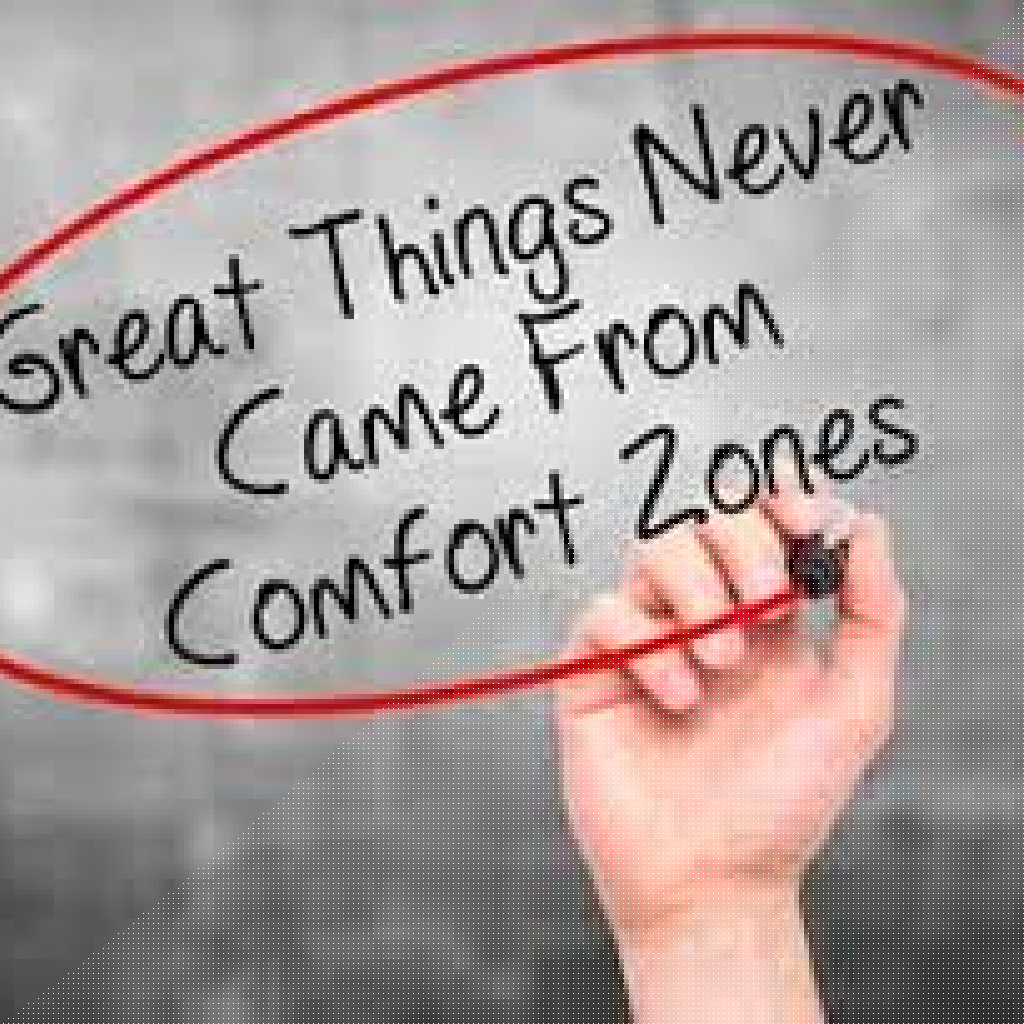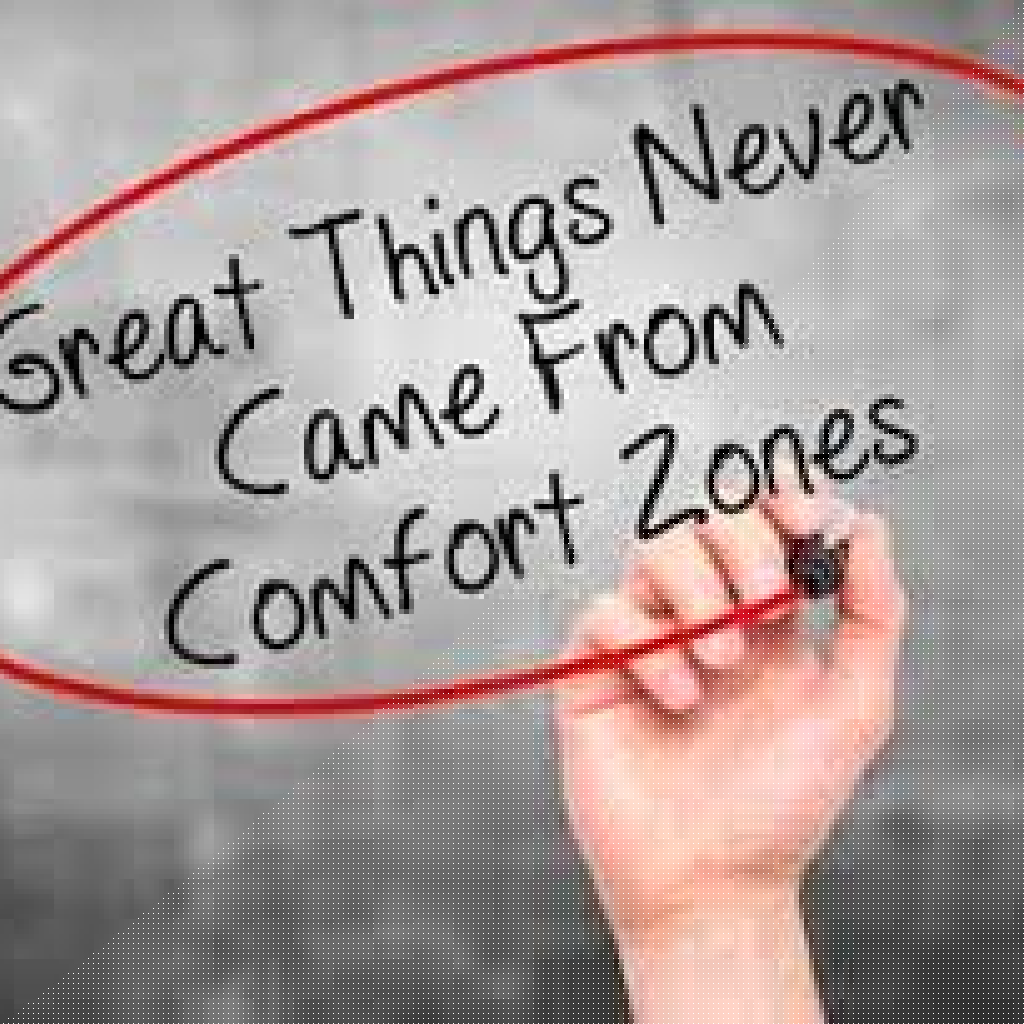Key Takeaways:
- Understanding various management styles can significantly enhance team performance and employee engagement.
- Effective communication and relationship-building in the workplace are crucial for fostering a positive organizational culture.
In today’s fast-paced business environment, effective management styles are pivotal to driving team performance and achieving organizational goals. Understanding the various management styles and their impact on employee engagement can significantly enhance productivity and workplace harmony. This article explores what constitutes effective management and provides practical strategies for modern managers to adopt in today’s workplace.
How Do Management Styles Influence Team Performance?
Management styles refer to the methods and approaches a manager uses to lead their team. Different styles can lead to varying outcomes in team dynamics, motivation, and overall organizational effectiveness.
One widely recognized management style is the transformational leadership approach. In this model, managers inspire and motivate their employees through a shared vision and enthusiasm. For instance, consider a scenario where a project manager actively involves team members in setting goals. This collaborative effort not only empowers employees but also customizes the approach to meet individual strengths, resulting in a highly motivated team ready to tackle challenges head-on.
On the contrary, a transactional management style, characterized by reward and punishment based on performance, may lead to quick results but can often stifle creativity and inhibit long-term growth. Managers should strike a balance between enforcing rules and fostering an open environment where team members feel safe to express their ideas and opinions. Implementing aspects of multiple management styles based on the team’s needs can create a robust management approach.
What Are the Best Practices for Hiring and Training Employees?
Hiring the right talent is the cornerstone of effective management. However, finding, hiring, and training employees who fit the company culture and can thrive in the organization is crucial. A proactive approach to talent acquisition, focusing not only on qualifications but also on cultural fit, can set the stage for a highly productive workforce.
One best practice in hiring is adopting a structured interview process that evaluates candidate skills against specific job requirements while addressing potential team dynamics. Implementing behavioral interview techniques – inquiries that encourage candidates to share past experiences – can reveal how they handle challenges or collaborate with others.
Once employees are hired, training must not be neglected. Continuous professional development plays a significant role in keeping employees happy and engaged. This can be achieved through workshops, online courses, and targeted training programs that encourage upskilling and career advancement. It’s essential to foster a culture of learning where employees feel their growth is valued and supported.
Enhancing Business Communication
Effective communication within an organization is not just a skill; it’s an art that managers must master to create high-performing teams. Business communication consists of clear, concise information sharing and thorough feedback loops among all levels of the organization.
Encouraging open dialogue can break down barriers and foster an inclusive environment where team members feel valued and appreciated. For example, regular check-in meetings can provide employees with platforms to voice their opinions and concerns and enhance collaboration.
Additionally, adopting digital communication tools can facilitate seamless interaction among team members, especially in hybrid or remote work setups. These tools encourage transparency and clarity in communication, which can significantly influence team morale and drive performance.
Building Effective Workplace Relationships
Building relationships in the workplace is essential for cultivating a positive organizational culture that aligns with strategic objectives. Managers should proactively create opportunities for team bonding, whether through team-building activities or informal gatherings.
When employees connect on a personal level, they are more likely to work collaboratively and support one another. Strong workplace relationships can lead to increased employee satisfaction and retention, ultimately benefiting the organization as a whole. It’s essential to emphasize respect, recognition, and shared goals in fostering healthy professional relationships.
In conclusion, effective management plays a crucial role in enhancing team performance and ensuring organizational success. By understanding and implementing various management styles, honing hiring and training practices, improving communication, and building strong workplace relationships, managers can create an environment that not only drives business results but also enriches the employee experience. In the modern business landscape, it’s clear that adaptable and strategic management is the key to thriving in an ever-evolving world.













